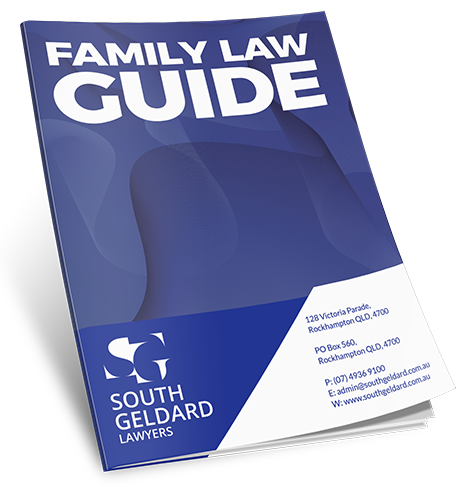Recently, the federal government introduced the Treasury Laws Amendment (Combating Illegal Phoenixing) Bill 2018 and the Insolvency Practice Rules (Corporations) Amendment (Restricting Related Creditor Voting Rights) Rules 2018 in a heightened attempt to combat illegal phoenix activity.
What is phoenix activity?
In essence phoenix activity describes the process of registering a new company to takeover the activities of the failed or insolvent predecessor company, thereby ‘rebirthing’ it, often under the control of the same directors.
What’s wrong with phoenix activity?
The process is often undertaken so directors of the original company can evade tax and other liabilities, such as employee entitlements. Essentially, directors deliberately avoid paying the creditors of its company – an illegal activity.
This often occurs when a company is unable to meet its debts and the directors transfer its assets to another company with either a similar or the same name before giving the insolvent company over to an external administrator, usually a registered liquidator. This allows the company to continue in operation free of its original liabilities but also fraudulently avoiding paying its creditors, which could include the Australian Tax Office (ATO), contractors and employees.
A business owner in a corporate insolvency process may transfer the assets from the insolvent company to another company he or she is the director of, for little or no price (given they’re on both sides of the transaction). By doing so they prevent the seizure of the insolvent company’s assets by the ATO and/or creditors, but this is potentially in breach of their duties as a director.
Although the above explanation of phoenix activity is straightforward, fraudulent arrangements in this area are often more sophisticated, and can comprise a complex structure with many entities possessing different roles, and separation of asset-holding, liability-generating and labour hire entities. The structure of a phoenix arrangement example was identified by the ATO, being the primary victim of phoenix activity:
- several entities make up a closely held private group, and one entity has the responsibility of hiring the labour force for the business;
- there is generally a single director of a labour hire entity who is not the primary individual in control of the group;
- the labour hire entity has very few assets and very little share capital;
- the labour hire entity does not meet its liabilities and the ATO places them into administration or liquidation;
- the labour is relocated to work under a new labour hire entity;
- the process is repeated without straying from its daily business tasks and the financial benefits from the unpaid liabilities are shared among the wider group.
Prosecution for illegal phoenix activity is common, with directors and also their financial advisers potentially liable for breaches of their duties as company directors.
Genuine restructure
Unfortunately for business owners, liquidation is not an uncommon event. Thankfully, there are legal alternatives to deal with this occurrence. If liquidation is unavoidable, a popular strategy is for the directors of a company to sell the assets belonging to the business. Directors may alternatively decide to sell the entire business to a related party, rather than just to sell the assets, as this will ensure the business continues. But this alternative should not be done to avoid paying debts, as this falls under illegal phoenix activity.
The business or business assets should also be sold at market value. To establish market value it is necessary to obtain valuations from independent experts. Failure to do so may result in any sale of the business or business assets being considered part of an illegal phoenix activity.
Selling to related parties
Selling a business to a related party will usually bring a higher price than it would if sold to an unrelated party, due to the knowledge that these directors possess about the assets and the business. The following could be sold to a new company:
- plant and equipment and motor vehicles;
- real estate;
- intellectual property;
- customer lists;
- websites;
- finance agreements and leases;
- employees and their entitlements.
There are many more benefits of selling to a related party. Not only can it provide the only affordable way of keeping a business alive, but it can enable the employees of a business to keep their jobs which would otherwise be lost in a corporate liquidation. Additionally, crucial assets for continuing to operate the business might be retained.
Conclusion
Each individual situation is different and requires consideration of the unique circumstances. A lot is at stake, so it is vital that professional advice is sought from an expert to ensure the necessary legal decisions are taken and directorial duties observed in any effort to save a business.
It is important to seek specific advice regarding your circumstances as this fact sheet provides general information only and does not constitute legal advice.


